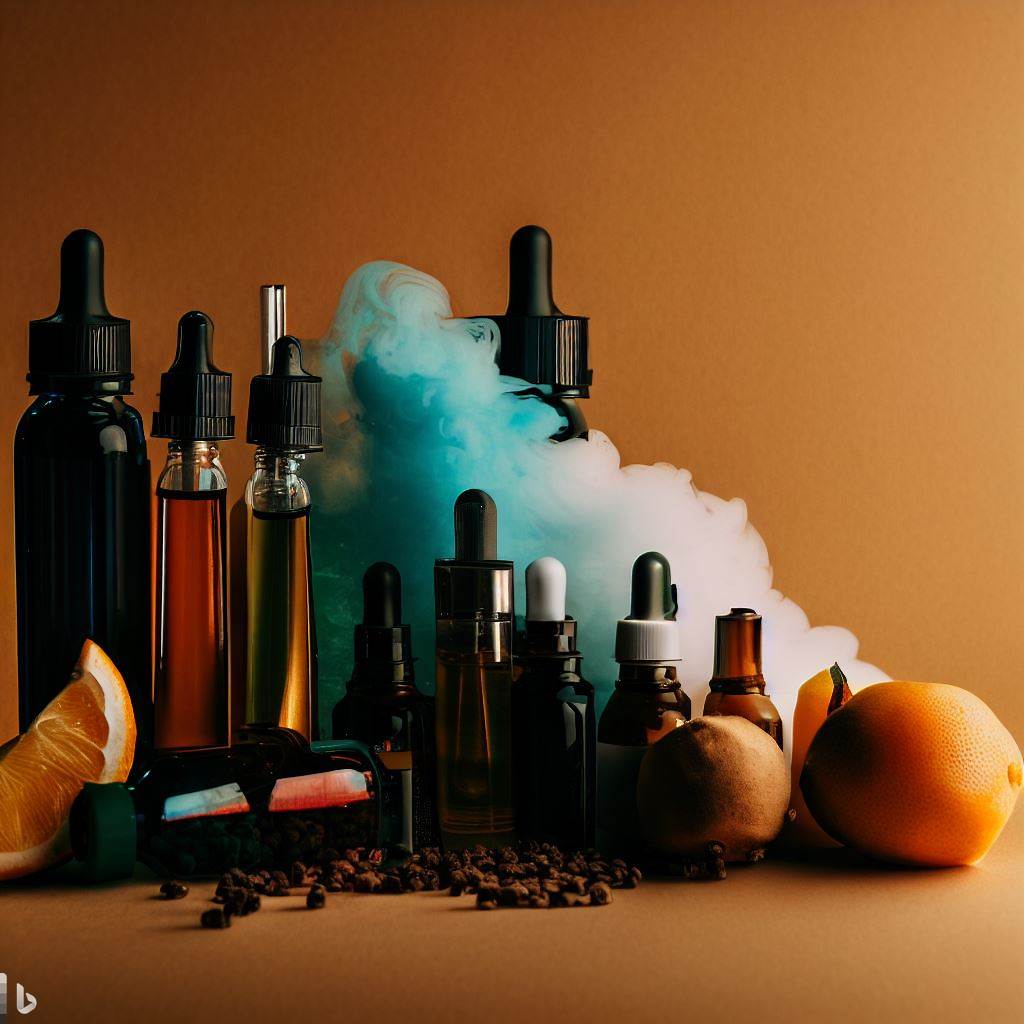
E-Liquid Ingredients: What's in Your Vape Juice?
Share
E-liquid, also known as vape juice, is the fuel that powers electronic cigarettes or vaping devices. It comes in a variety of flavours and nicotine strengths, making it a popular choice for those who want to quit smoking or simply enjoy the act of vaping. However, it's important to understand what's actually in your e-liquid and how it affects your body.
In this blog post, we'll explore the main ingredients found in e-liquid and the potential health implications of vaping.

Propylene Glycol (PG)
PG is a colourless, odourless liquid that is used in a variety of food and pharmaceutical products. It's the main ingredient in most e-liquids, as it helps to produce a smooth vaping experience and carries flavouring and nicotine.
While generally considered safe by the FDA, some people may have an allergic reaction to PG, which can cause symptoms such as throat irritation, coughing, and chest tightness. Additionally, prolonged exposure to high levels of PG vapour may lead to respiratory issues.
Vegetable Glycerine (VG)
VG is a thick, sweet liquid that is often used in food and personal care products. In e-liquid, VG is used to produce large clouds of vapour and provide a smoother hit than PG. VG is also used to help balance out the harshness of PG.
Like PG, VG is generally considered safe by the FDA, but it can cause some people to experience allergic reactions or throat irritation. Some studies have also suggested that inhaling high levels of VG vapour may lead to respiratory issues.
Nicotine
Nicotine is a highly addictive substance found in tobacco products and some e-liquids. It's used in e-liquid to satisfy the cravings of those who are trying to quit smoking. Nicotine is typically measured in milligrams per millilitre (mg/ml), with concentrations ranging from 0mg/ml to 50mg/ml.
While nicotine itself is not considered to be a carcinogen, it is highly addictive and can have a number of negative health effects, including increased blood pressure, heart rate, and the risk of heart disease. It can also cause respiratory issues and may be harmful to developing foetuses.
Flavourings
Flavourings are what give e-liquids their unique taste. They are typically made up of a combination of natural and artificial ingredients, including fruit extracts, candy flavours, and spices.
While flavourings themselves are not harmful, some studies have suggested that certain flavourings may produce harmful chemicals when heated and inhaled. Additionally, some flavourings may contain diacetyl, a chemical that has been linked to a condition known as "popcorn lung," which can cause severe respiratory issues.
Additives
Additives are often included in e-liquids to improve the vaping experience or extend the shelf life of the product. Some common additives include sweeteners, cooling agents, and preservatives.
While many additives are generally considered safe by the FDA, some may have negative health effects when inhaled. For example, sweeteners may produce harmful chemicals when heated, while preservatives may cause allergic reactions in some people.
Conclusion
In conclusion, while e-liquid is generally considered to be safer than smoking, it's important to understand what's in your vape juice and the potential health implications of vaping. If you're concerned about the ingredients in your e-liquid, be sure to speak with your healthcare provider or consult with a reputable vaping company to find a product that meets your needs and concerns.






















